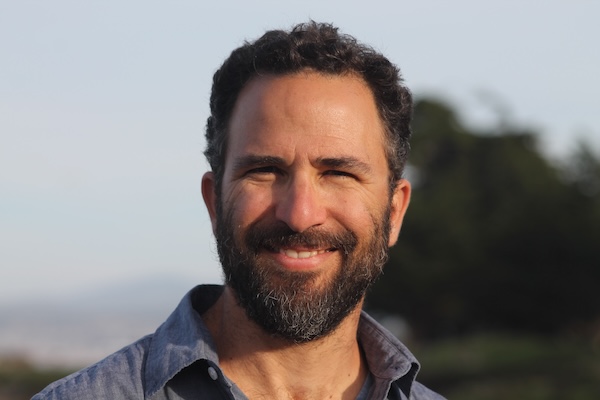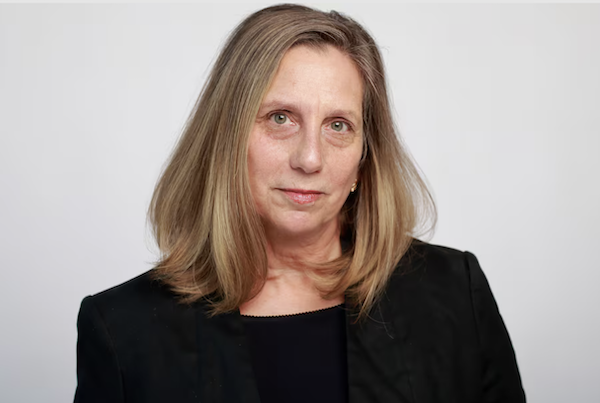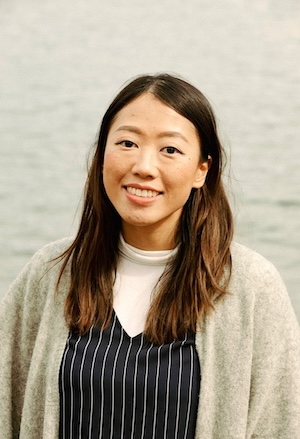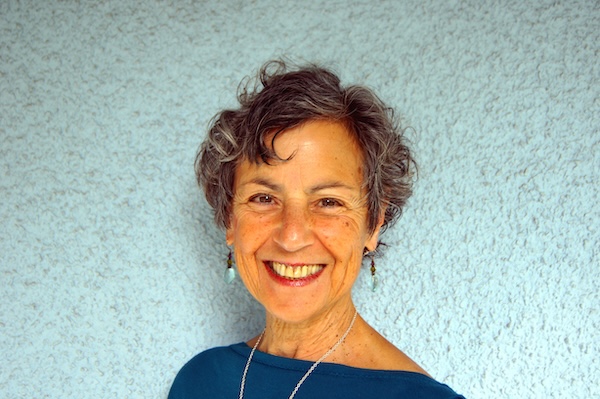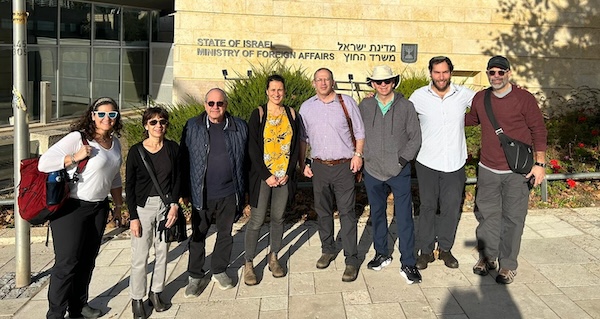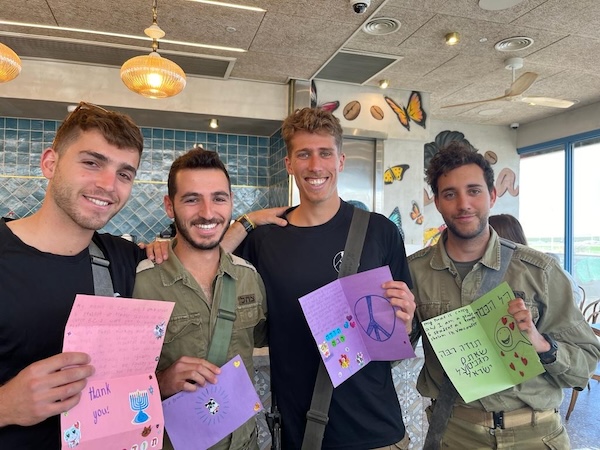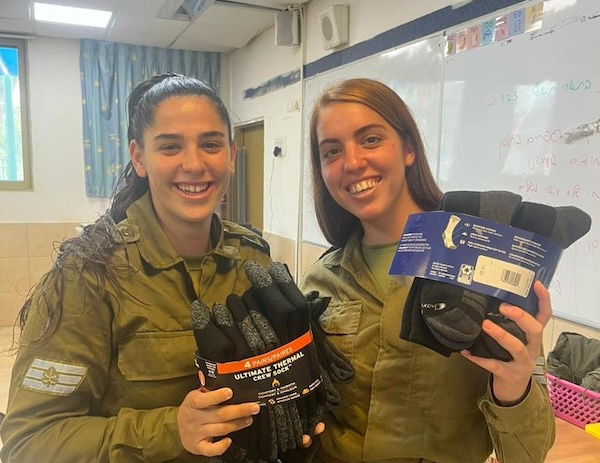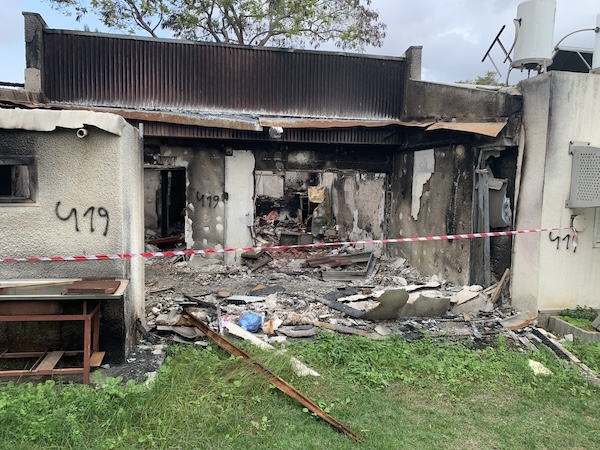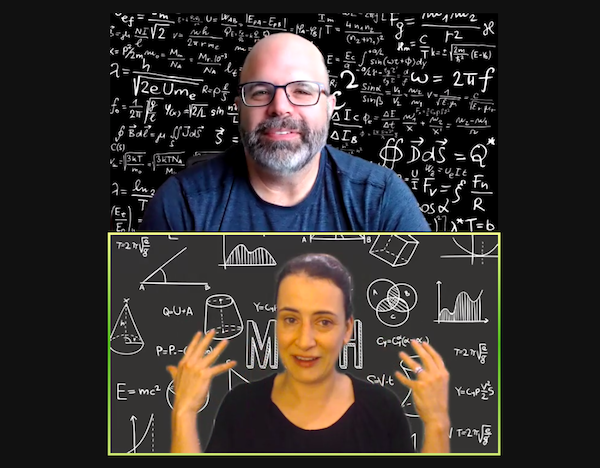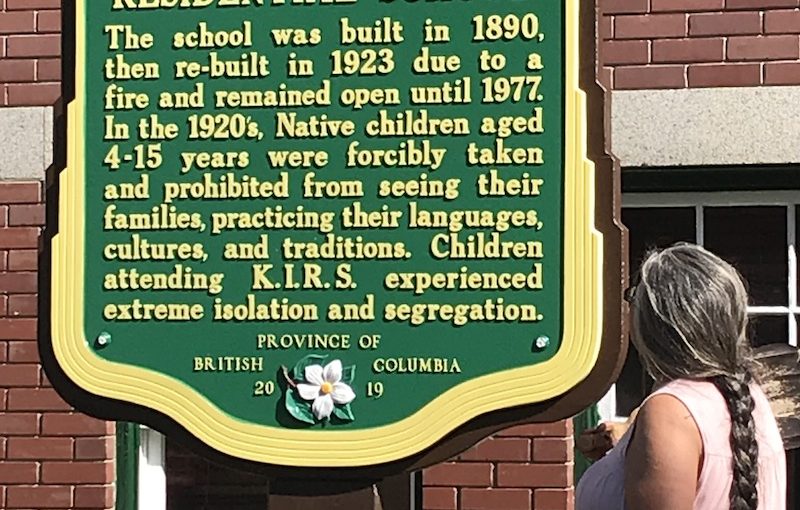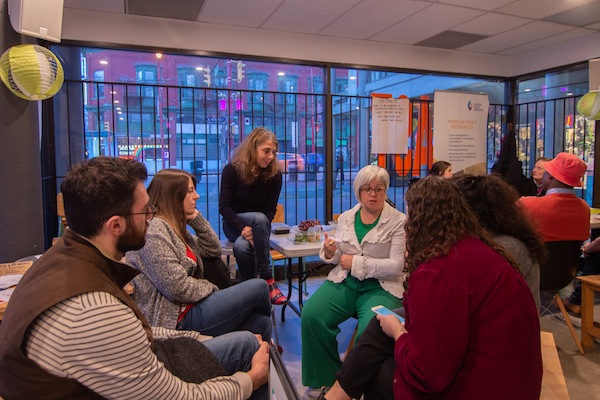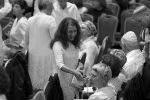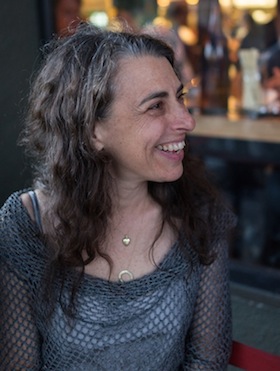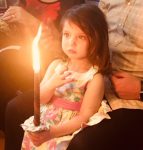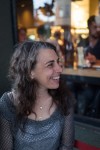Rabbi Hannah Dresner recently retired as Or Shalom’s spiritual leader. (photo from Or Shalom)
On Nov. 30, the Or Shalom community comes together to celebrate Rabbi Hannah Dresner’s nine years of service to the shul. Dresner retired as Or Shalom’s spiritual leader on Oct. 31.
Daniel Siegel, one of Or Shalom’s founding rabbis and one of Dresner’s ordaining rabbis, calls her “a gift to the Jewish Renewal movement, Or Shalom and the greater Jewish community.”
The Jewish Independent interviewed Dresner earlier this month.
JI: What were your childhood influences that eventually led you to becoming a spiritual leader?
HD: I grew up in a spiritually oriented home, with my father a close friend and student of Abraham Joshua Heschel and, in his own right, a scholar of Hasidism. I was always attracted to the perspectives of the Hasidic masters, as they were presented to me – centring on holiness to be found in all people, places and things….
My maternal grandfather, a product of German Modern Orthodoxy, although not at all of the Hasidic or Neo-Hasidic milieu, helped to concretize this idea of a sacred physical world by teaching me and my sisters blessings to be recited in all situations – most memorable, the blessings he taught us in his garden as we watched morning glories unfold or picked first raspberries or encountered snails under the soil.
But I did not take this sensibility in a religious direction, rather I became an artist, mining what you might say is a secular devotion to the nexus between matter and spirit.
JI: Was there a turning point where you knew that you wanted to become a rabbi?
HD: When I had children of my own, I began to recognize the importance of Jewish community and worked to found a lay-led chavurah in which to raise them, creating a spiritual laboratory that allowed for experimentation with modes of prayer and expressions of Jewish ritual. I did not think of this as leading to a professional shift, but, looking back, I was developing the very tools that have allowed me to succeed as a community rabbi. It was over 20 years later that I began to move toward the rabbinate.
There was no turning point, rather, a gravitation toward more and more serious study of the Hasidic masters and toward strengthening and broadening my capacity in areas of meditation, prayer, song practice, and writing on matters of Torah. Next thing I knew, I had morphed my ad hoc studies into matriculation in a rabbinical program that would lead to ordination.
JI: What are some of your happiest memories at Or Shalom?
HD: I will carry with me so many happy memories of Or Shalom, from my delight in teaching students first encountering Judaism, to the inception of our Zusia Bet Midrash, 90 community members studying Talmud led by the head of Svara: The Queer Yeshiva, to decorating our sukkah with plastic recyclables alongside our little ones, experiencing the community’s joy in mastering and singing the wordless melodies of the Hasidim, our Shabbat Soul evenings, to the ovation that followed my sermon for Rosh Hashanah of 5784 – in which I challenged the community to broaden our definition of who is a Jew to accept anyone born to one Jewish parent, regardless of gender.
What made these memories particularly happy was the collaborations of which they were born, collaborations with so very many Or Shalom members. It has absolutely taken a village.
JI: What were some of your greatest achievements?
HD: Although it was certainly not what I anticipated dedicating myself to, one of our great achievements during my tenure was our handling of the challenges of creating virtual community during COVID. Perhaps it is because of my background in theatre direction and production that this challenge, though certainly daunting and exhausting, was an adversity I was suited to mastering – in collaboration with very talented lay leaders and a score of dedicated volunteers.
Together, we produced state-of-the-art Zoom services and hybrid High Holiday experiences, in addition to beautifully conceived adult education programming. Some of our most intimate classroom experiences have been virtual and we upped the ante on arts-based programs – from writing workshops and singing circles to studio arts experiences, laptop lids tilted down so that we could see one another’s hands at work.
Arts programming, in general, solidified as a part of the Or Shalom ethos, with art historically-based classes and visual art as response to textual learning, to our Koreh program of readings by Or Shalom writers, to season upon season of our Lights in Winter concert series. The journal e-Jewish Philanthropy has written about our arts focus and Or Shalom.
The revamping of our Gemilut Chesed committee and delivery of care for Or Shalom members needing assistance has been a highlight, including our Nechama program, which offers a listener to a mourner for the 11 months of grieving.
Of course, an achievement is our ratification of all-gender Jewish descent, a step beyond patrilineal descent.
And, as an outgrowth of this achievement, is the inception of our new chevra kadisha, to offer Jewish burial rites to anyone our communal chevra cannot serve. Details of the Or Shalom chevra kadisha will unfold even as I retire.
Perhaps overarching and underlaying all of this has been the success of our Or Shalom Dialogue Project, which, over time, revealed important needs in the community, particularly longings for inclusion, and which has allowed us to converse about difficult subjects, including the variety of our thoughts and feelings regarding Israel and Palestine.
JI: What were some of the challenges?
HD: COVID was a challenge. The war in the Middle East continues to be a deep and terrible challenge. To some degree, fear of change has been a challenge, although I well understand that resistance to change is an expression of loss – sometimes loss of something precious.
Finances have been a challenge. And space has been a challenge. Now, with our renovation project, Or Shalom will expand to provide offices for all our employees and our first classrooms. It is hard to believe our child, youth and adults programs have been so vital and vibrant without a single dedicated classroom in our building.
JI: What do you see as your lasting influence over the Or Shalom community?
HD: I hope it can be said that I have both deepened and broadened Or Shalom, cultivating brave space for profound experiences and repeatedly looking to our margins to see who else must be embraced, companioned and brought to the centre of community.
JI: What, in life, brings you the most joy?
HD: Song and silence among spiritual friends, making art, knowing people for a long, long time, growing flowers, cooking from the garden, walking in the city and in the forest and in the meadows and on the shore.
JI: Do you have some advice for the Jewish people about getting along in this difficult time?
HD: My advice for the trying time we live in is to cultivate lack of certainty, to be both curious and courteous, never to let go of joy, folding our sorrows into our joys, and to believe in our powers of restoration and renewal.
JI: Is there anything else you would like to add?
HD: Have the holy audacity to pull your chair up to the table! If you don’t, decisions that affect you will be made by others.
You can read some of Rabbi Hannah Dresner’s writings at myjewishlearning.com.
Cassandra Freeman is a journalist and improviser who lives in East Vancouver.


